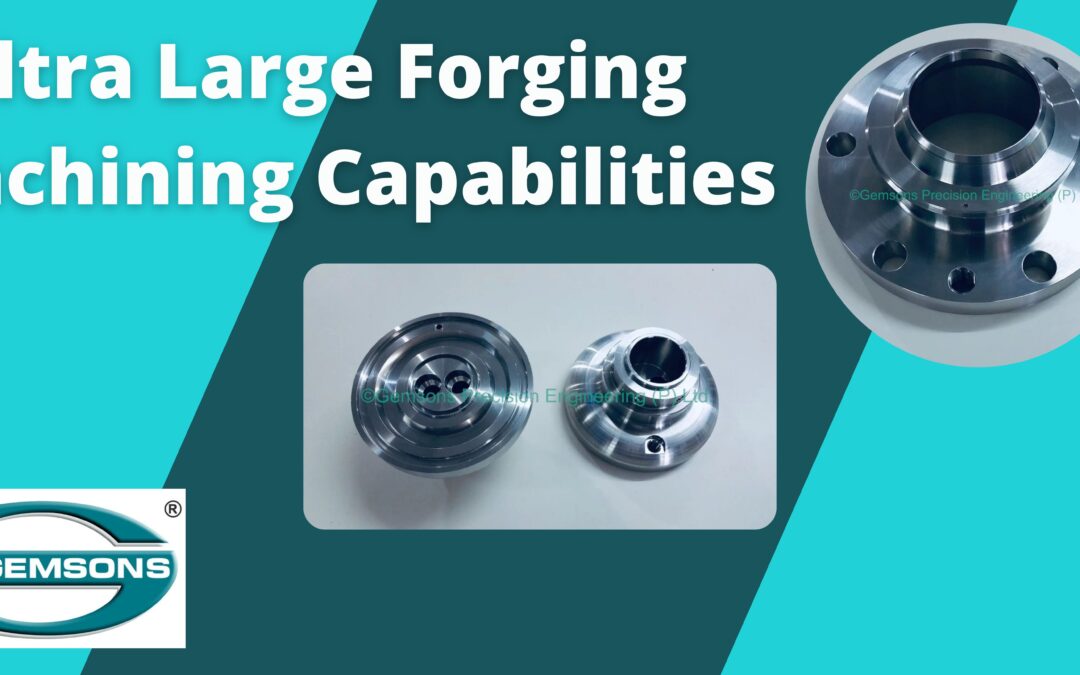Technology improvements in forging have made it possible for forged products to come in more shapes, sizes, and with different properties to meet a broader range of design and performance needs. Forging machining is often chosen because they are robust, reliable, cost-effective, and resistant to shock and wear. Materials that have been forged have the right amount of high or low-temperature performance, elasticity, hardness, and the ability to be machined.
Why are forgings so prevalent?
Since the beginning, metalworking has been used to ensure that products are strong, durable, reliable, and of the highest quality. As operating temperatures, loads, and stresses rise, these benefits of forged parts are becoming more critical.
With forging machining, designs can be made that can handle the highest loads and stresses. Recent improvements in forging technology have made it possible for forgings to have a much more comprehensive range of properties.
Forged products are attractive from an economic point of view because they are inherently more reliable, have better tolerances, and can be machined and further processed by automated methods more quickly.
Ultra-large capabilities for forging and machining
Automotive and Truck
Forging machining is often used in cars and trucks where there will be a lot of shock or stress. There may be more than 250 forgings in cars and trucks. Connecting rods, crankshafts, transmission shafts, gears, differential gears, drive shafts, clutch hubs, and universal joint yokes and crosses are all engine and powertrain parts by forging.
Camshafts, pinions, gears, and rocker arms made by forging are solid and easy to harden in specific places. Applications that need extra strength and toughness include wheel spindles, kingpins, axle beams and shafts, torsion bars, ball studs, idler arms, pitman arms, steering arms, and linkages for cars, buses, and trucks.
Aerospace
The performance, range, and payload of an aircraft are all improved by a high ratio of strength to weight and structural reliability. Because of this, ferrous and nonferrous forgings are used in helicopters, planes with piston engines, commercial jets, and military supersonic planes.
Many airplanes are designed around forgings; more than 450 structural forgings and hundreds of engine parts are made from forgings. Parts made by forging include bulkheads, wing roots and spars, hinges, engine mounts, brackets, beams, shafts, bell cranks, landing-gear cylinders and struts, wheels, and brake carriers and discs, and arresting hooks.
In the space shuttle program, aluminum beams are used for the boosters, titanium is used for the motor cases, and magnesium is used for the launch canisters for satellites.
Off-Highway and Agricultural
Ferrous forgings are used in off-road and heavy construction equipment and in mining machinery because they are strong, tough, and easy to machine, and cheap. Forgings make parts for engines and transmissions, as well as gears, sprockets, levers, shafts, spindles, ball joints, wheel hubs, rollers, yokes, axle beams, and bearing holders, and links. Aside from engine and transmission parts, farm implements use key forgings like gears, shafts, levers, spindles, tie-rod ends, spike harrow teeth, and cultivator shanks.
Ordnance
Almost every defence tool, from the triggers on rifles to the drive shafts in nuclear submarines, has forged parts. More than 550 forgings are used in heavy tanks, and more than 250 are used in armoured personnel carriers. Most 155-mm, 75-mm, 3-in, and mortar projectiles are made up of at least two parts that were forged.
Valves and Fittings
Forgings are especially good for high-pressure applications because of their mechanical properties and the fact that they do not have any holes. Flanges, valve bodies and stems, tees, elbows, reducers, saddles, and other fittings are made of materials that do not rust or melt when they get hot. Rock cutter bits, drilling hardware, high-pressure valves, and fittings are all used in the oil field.
Regarding hand tools and hardware, forged is a sign of quality. Common examples include pliers, hammers, sledgehammers, wrenches, garden tools, wire-rope clips, sockets, hooks, turnbuckles, and eyebolts. Forging machining has been the standard of quality since the beginning of time. They are strong, resistant to impact and wear, and look great. The same is true of instruments used in surgery. Hardware used in the transmission and distribution of electricity is put through a lot of stress and can rust. Forgings are used to make parts like pedestal caps, suspension clamps, sockets, and brackets that are strong and reliable.



Recent Comments